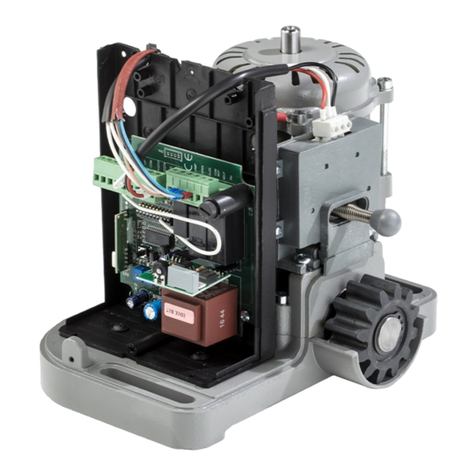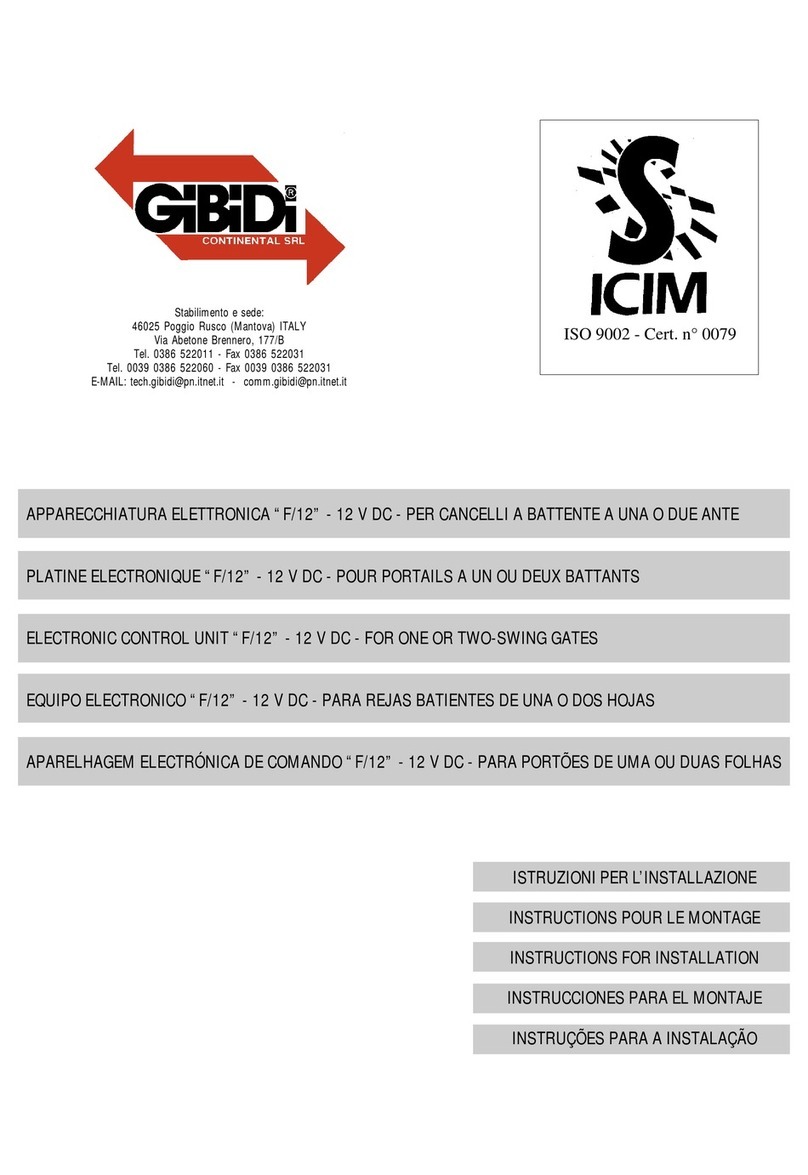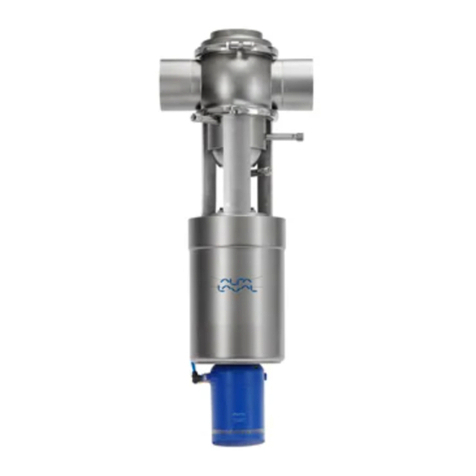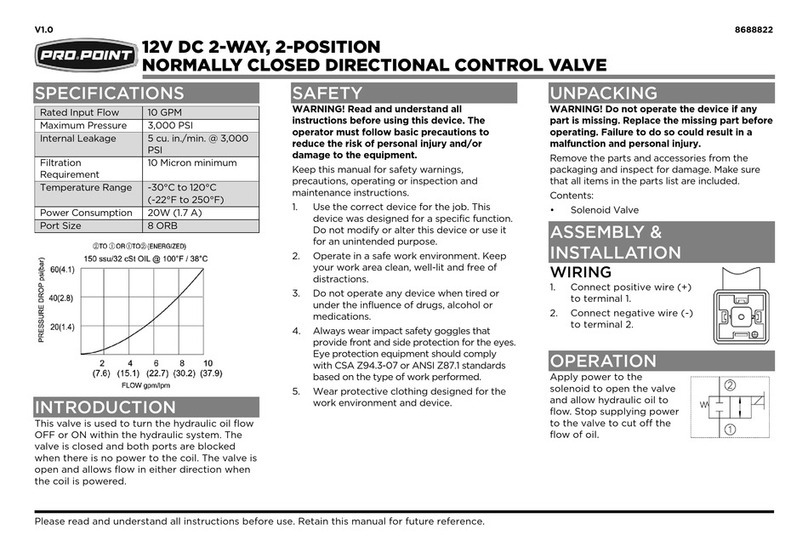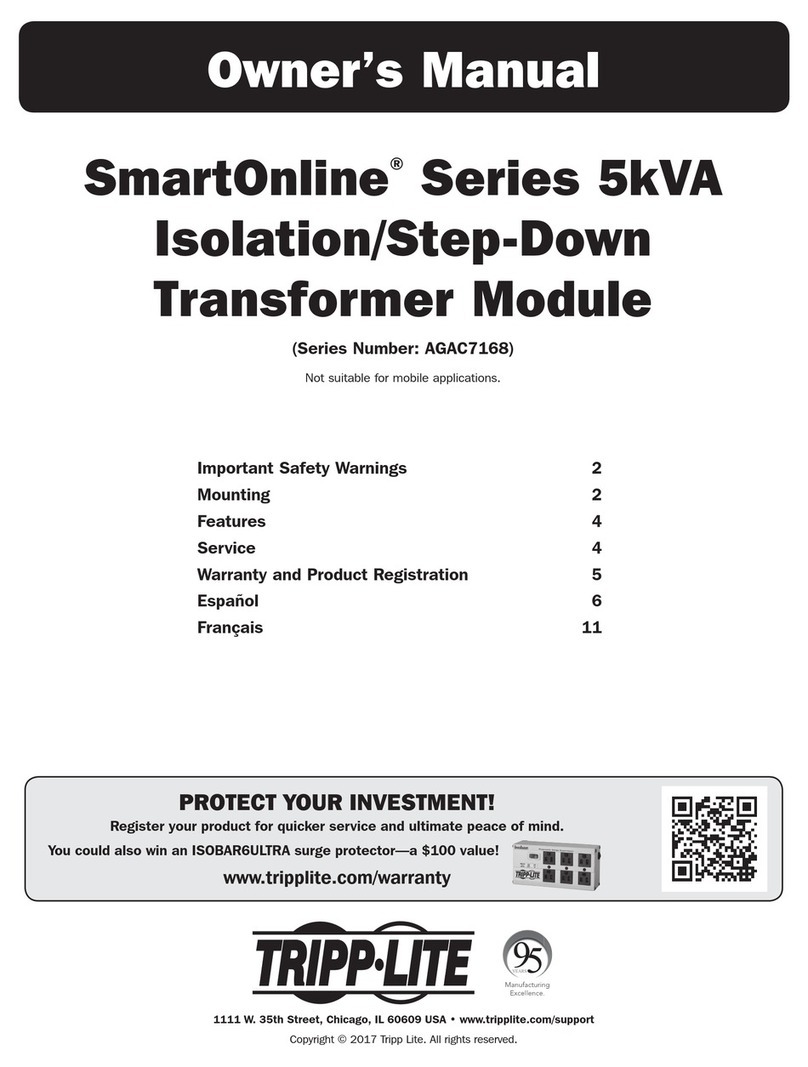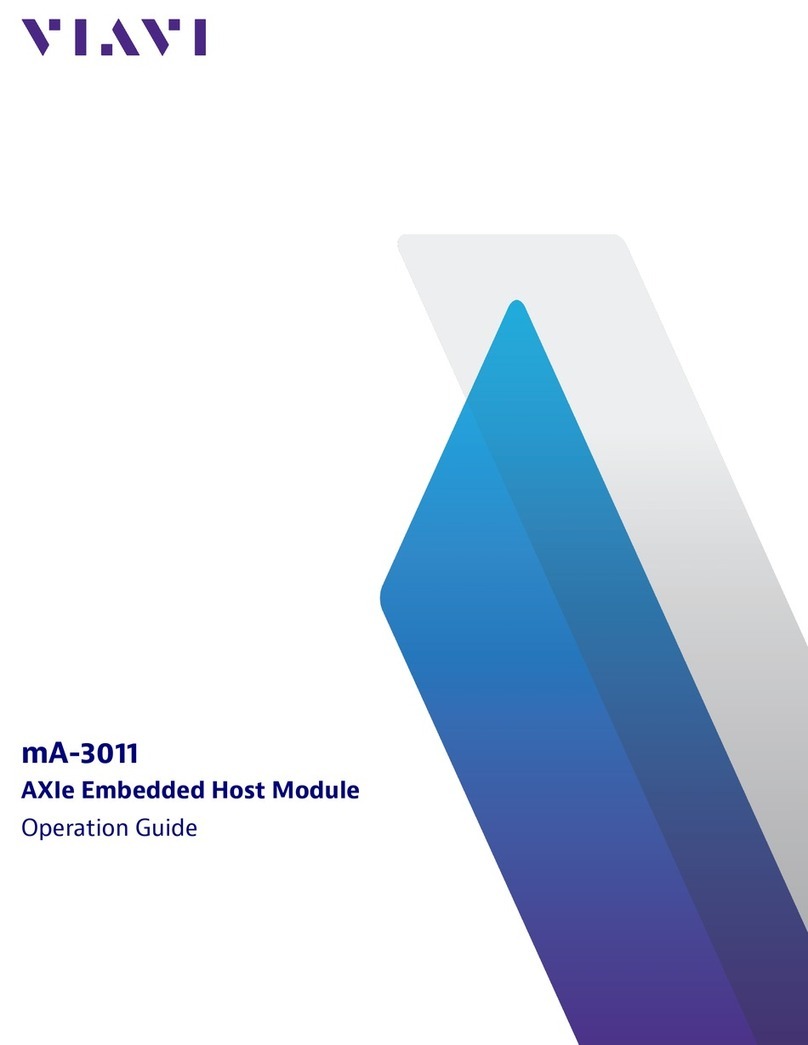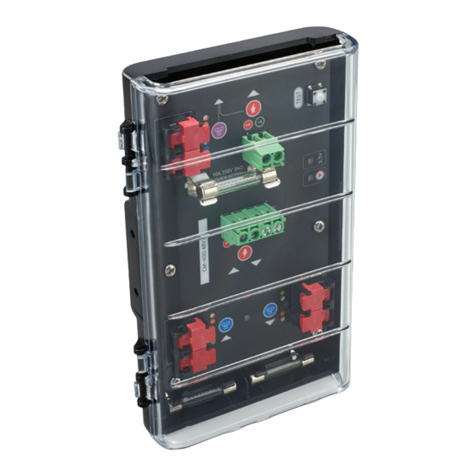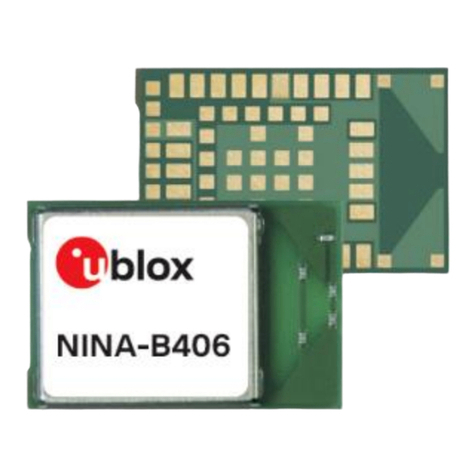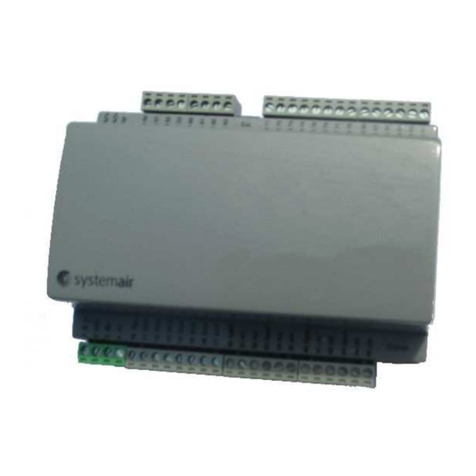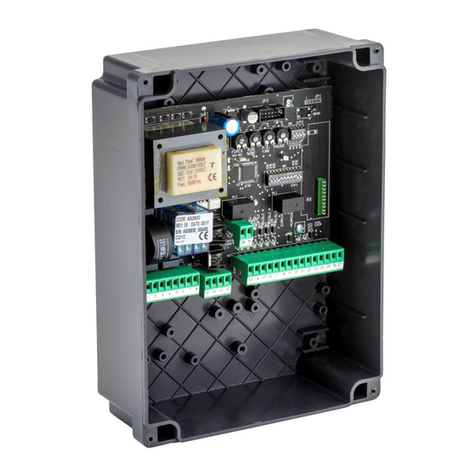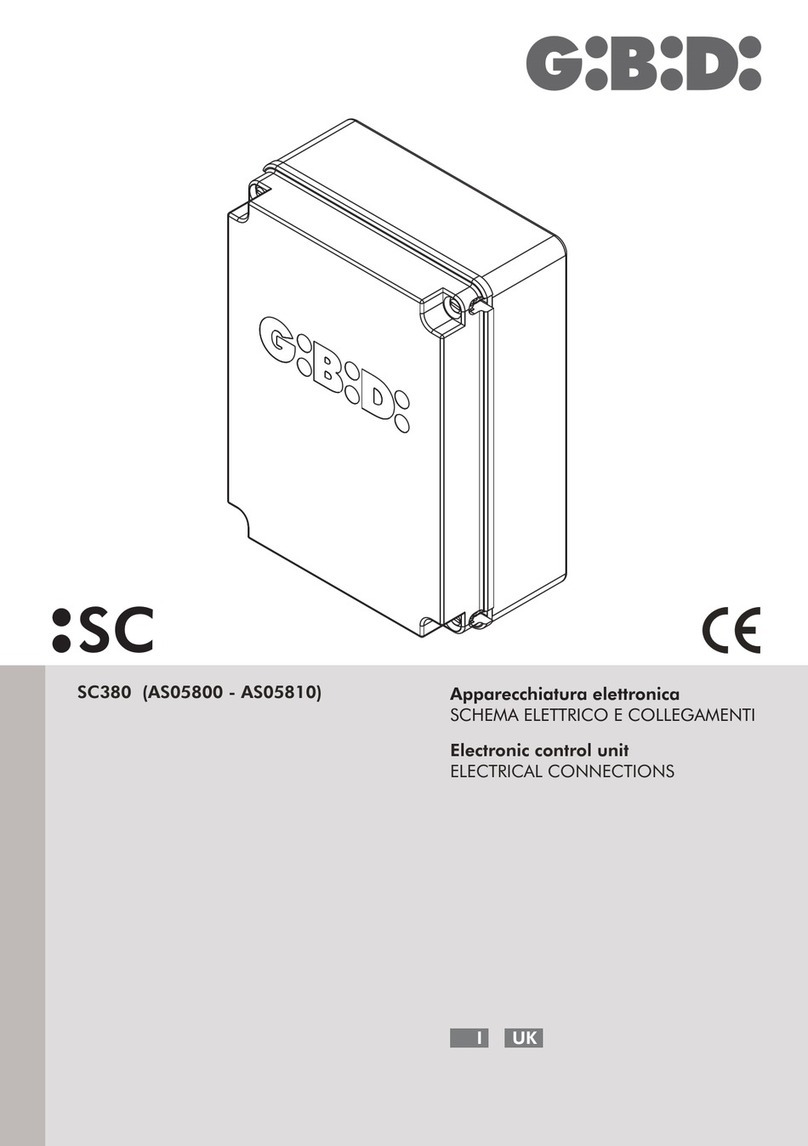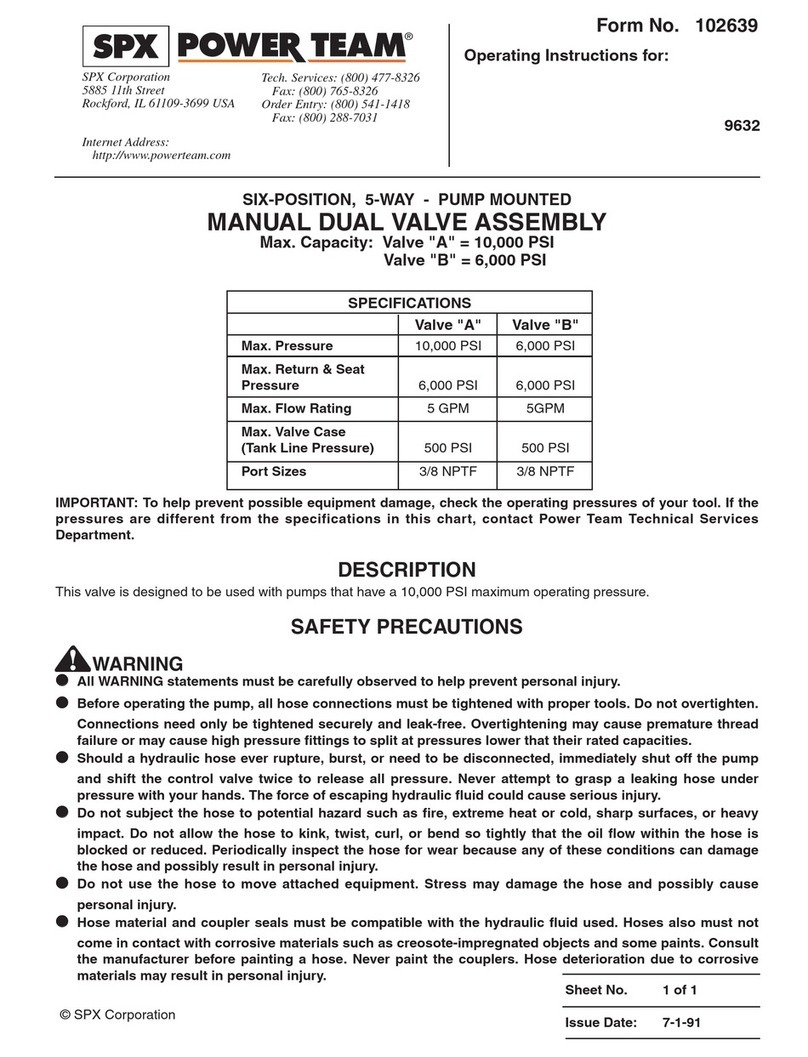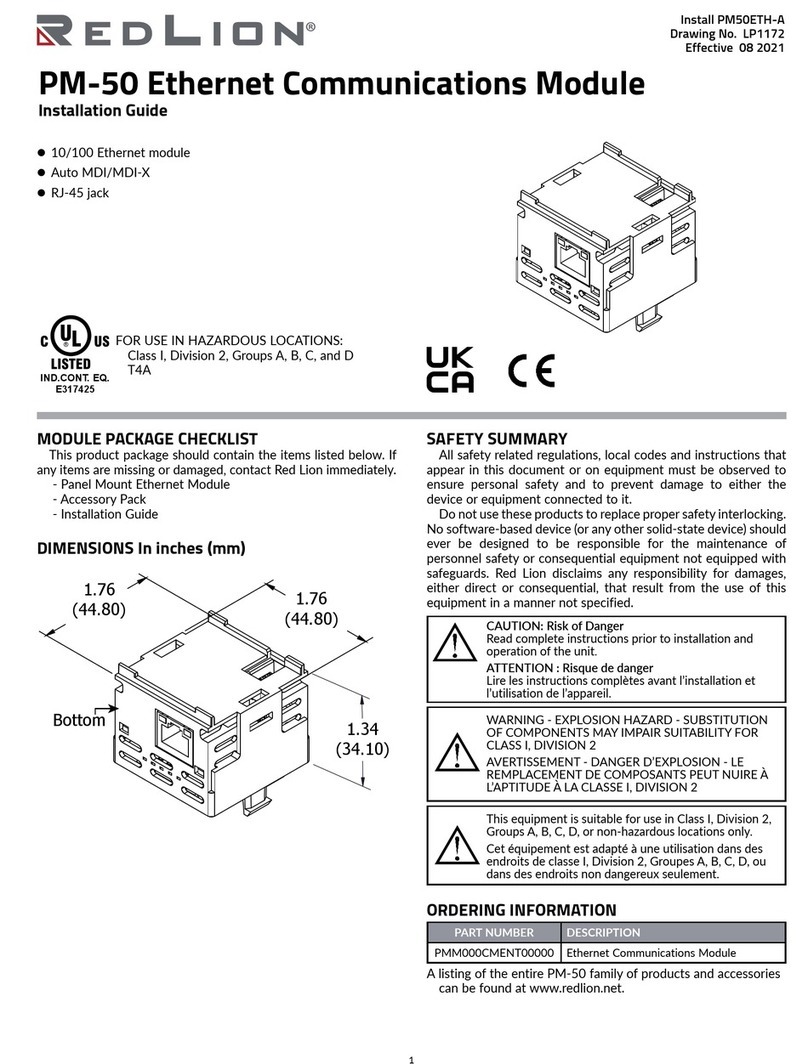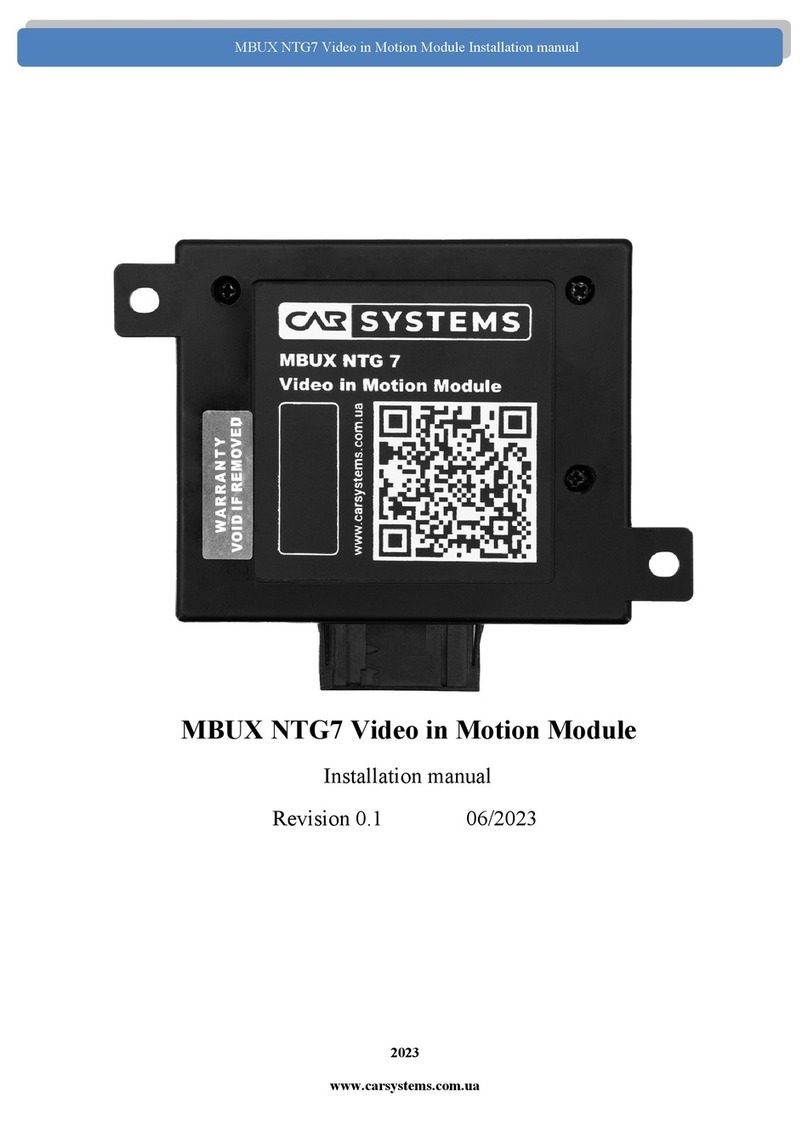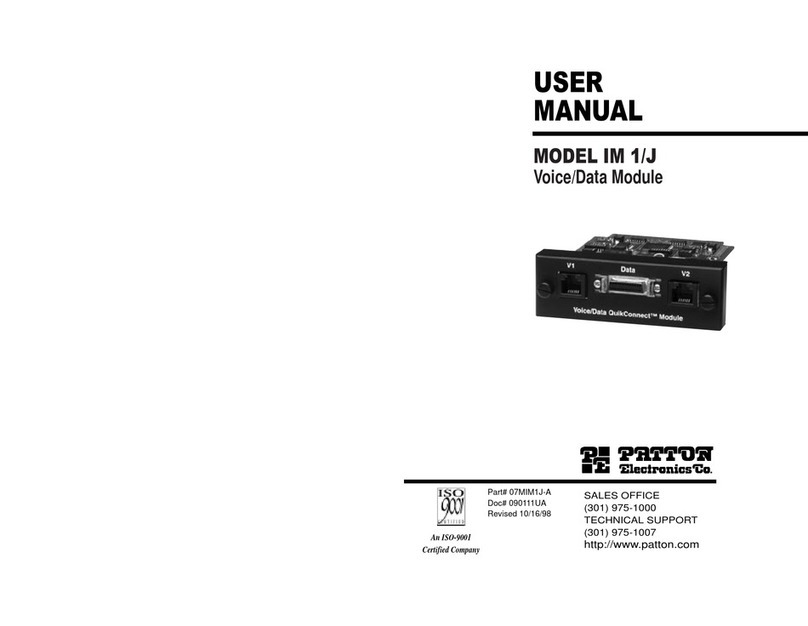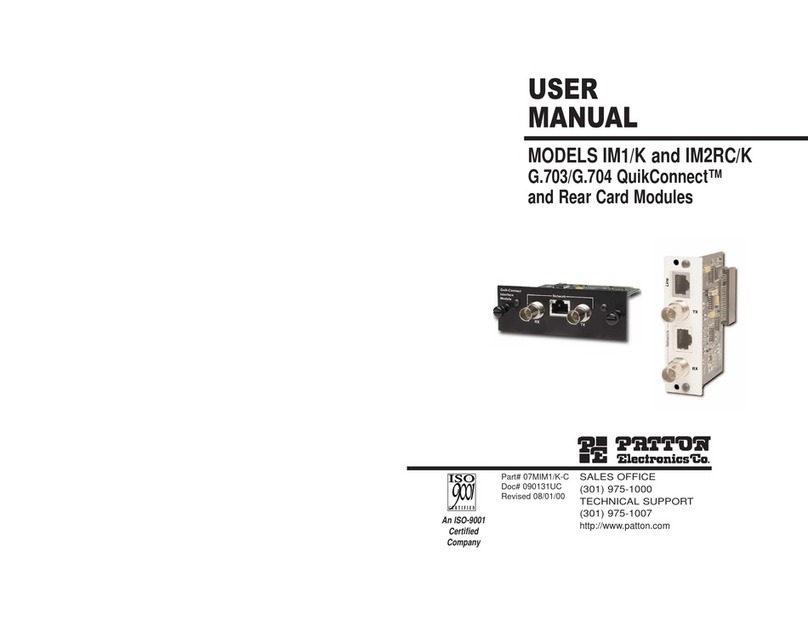1 2
1.0 WARRANTY INFORMATION
Patton Electronics warrants all Model IM1/F-128K components to
be free from defects, and will—at our option—repair or replace the
product should it fail within one year from the first date of shipment.
This warranty is limited to defects in workmanship or materials,
and does not cover customer damage, abuse or unauthorized modifi-
cation. If this product fails or does not perform as warranted, your sole
recourse shall be repair or replacement as described above. Under no
condition shall Patton Electronics be liable for any damages incurred
by the use of this product. These damages include, but are not limited
to, the following: lost profits, lost savings and incidental or consequen-
tial damages arising from the use of or inability to use this product.
Patton Electronics specifically disclaims all other warranties,
expressed or implied, and the installation or use of this product shall be
deemed an acceptance of these terms by the user.
1.1 RADIO AND TV INTERFERENCE
The Model IM1/F-128K generates and uses radio frequency ener-
gy, and if not installed and used properly—that is, in strict accordance
with the manufacturer’s instructions—may cause interference to radio
and television reception. The Model IM1/F-128K has been tested and
complies with the limits for a Class A computing device in accordance
with the specification in Subpart J of Part 15 of FCC rules, that are
designed to provide reasonable protection from such interference in a
commercial installation. However, this is no guarantee that interference
will not occur in a particular installation. If the Model IM1/F-128K does
cause interference to radio or television reception, which can be deter-
mined by disconnecting the unit, the user is encouraged to try to cor-
rect the interference by one or more of the following measures: moving
the computing equipment away from the receiver, reorienting the
receiving antenna and/or plugging the receiving equipment into a differ-
ent AC outlet (such that the computing equipment and receiver are on
different branches).
In the event the user detects intermittent or continuous product
malfunction due to nearby high power transmitting radio frequency
equipment, the user is strongly advised to use only a shielded twisted
pair data cable that is bonded to metalized external outer shield plugs
at both ends. The use of a shielded cable satisfies compliance with the
Electromagnetic Compatibility (EMC) directive.
1.2 SERVICE
All warranty and non-warranty repairs must be returned freight pre-
paid and insured to Patton Electronics. All returns must have a Return
Materials Authorization number on the outside of the shipping contain-
er. This number may be obtained from Patton Electronics Technical
Service at:
Tel: (301) 975-1007
www: http://www.patton.com
Patton Electronics’ technical staff is also available to answer any
questions that might arise concerning the installation or use of your
Model IM1/F-128K. Technical Service hours: 8AM to 5PM EST,
Monday through Friday.
NOTE: Packages received without an RMA number will not be
accepted.
WARNING! This device is not intended to be connected
to the public telephone line.







